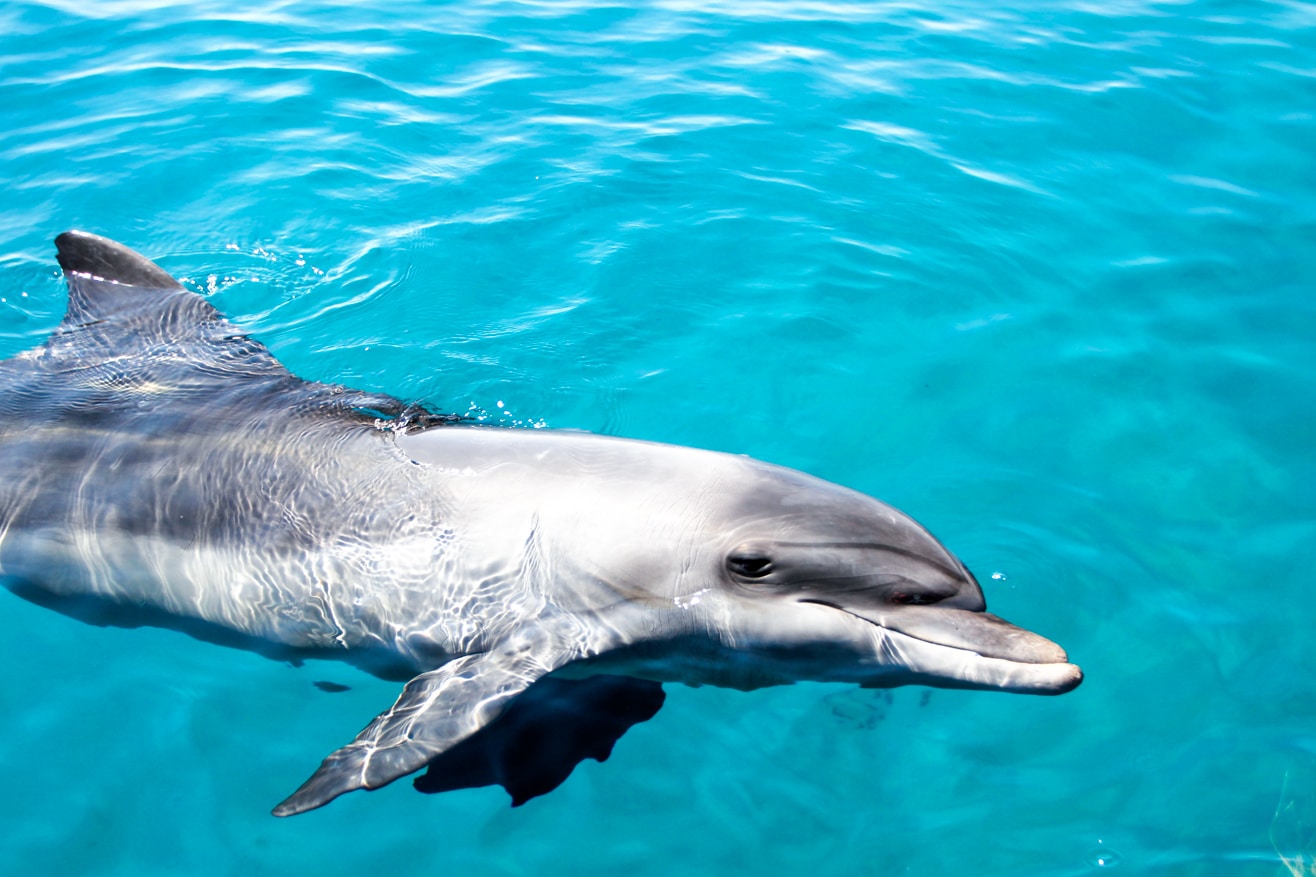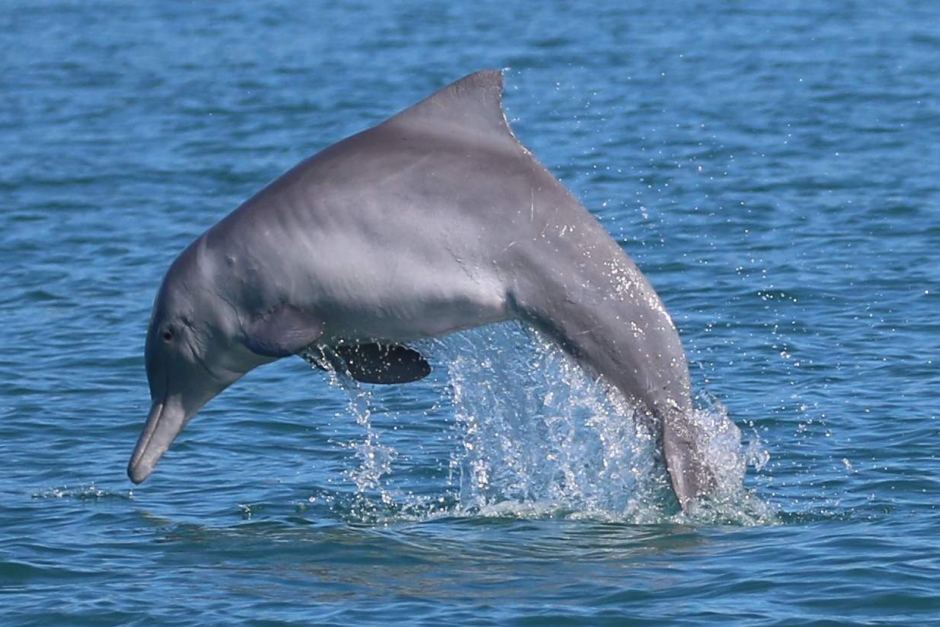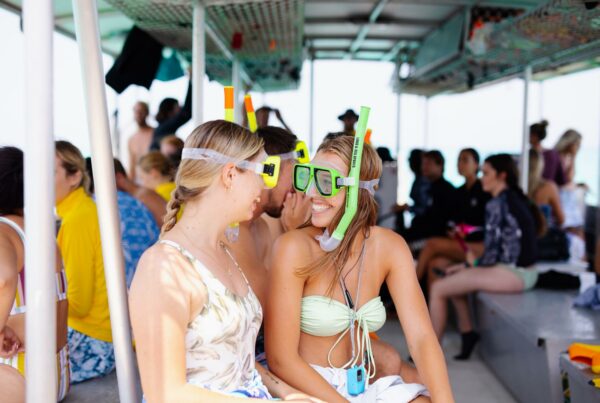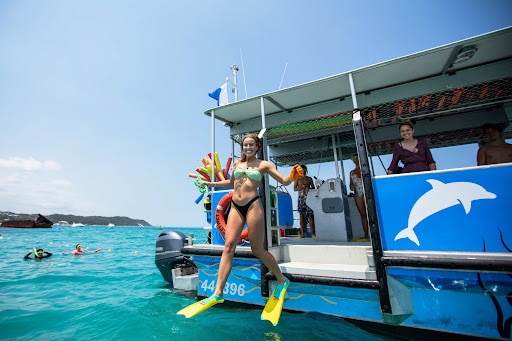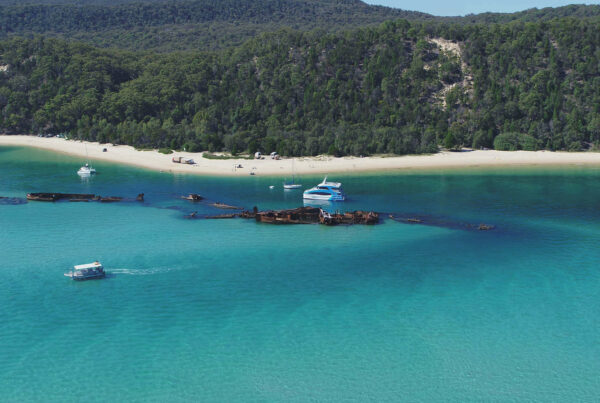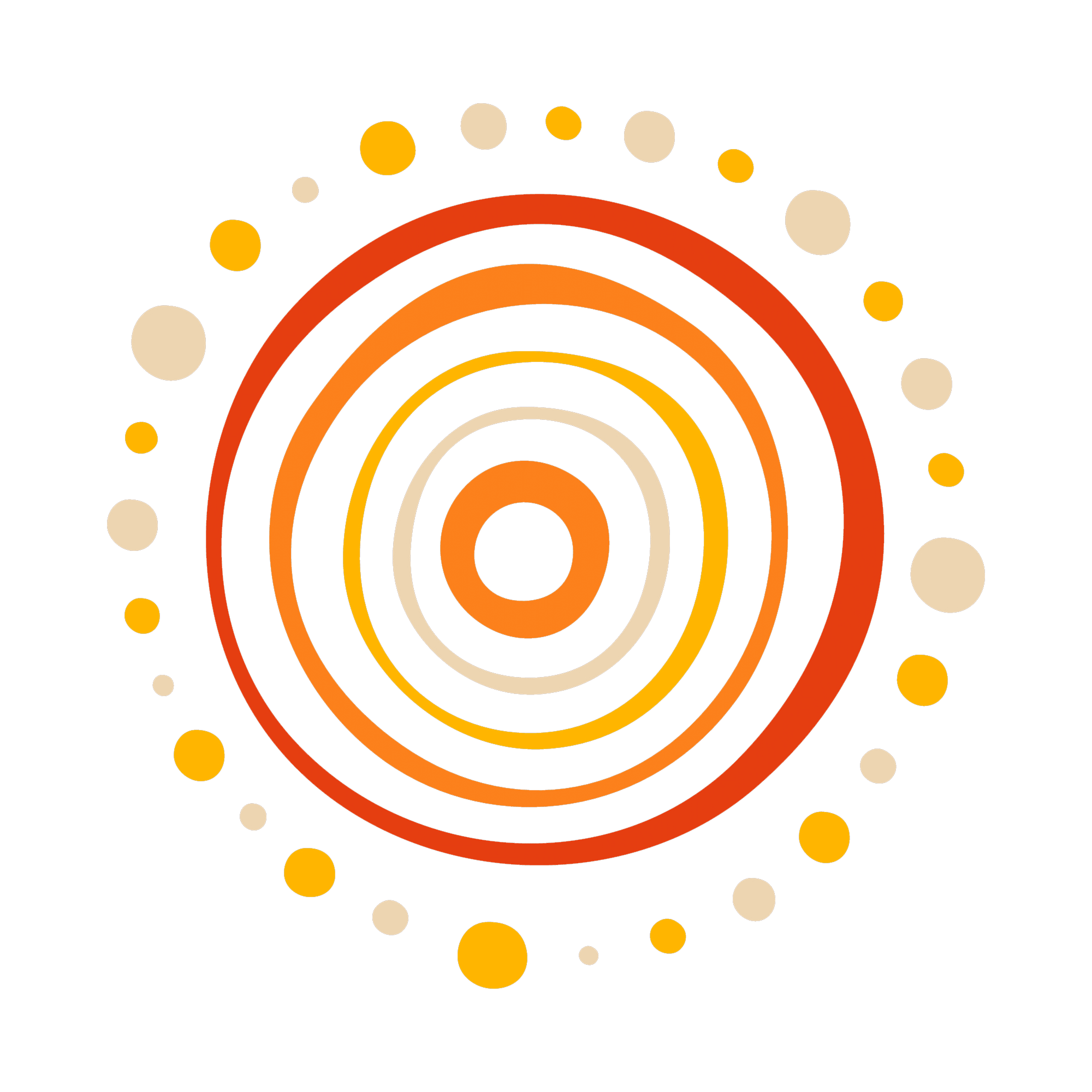Dolphins at Moreton Island (Mulgumpin)
Wildlife
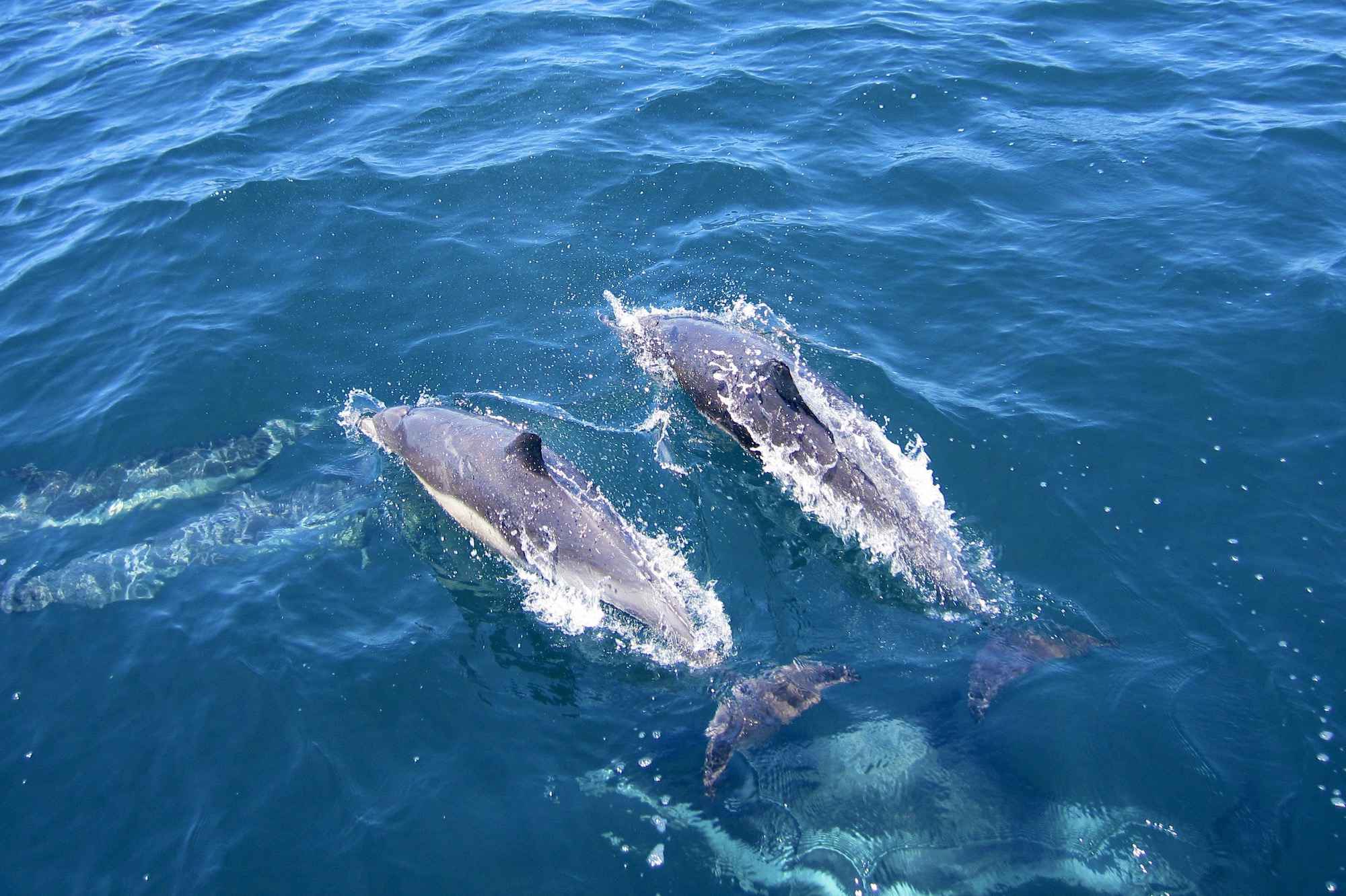
Moreton Island (Mulgumpin) is a nature lover’s dream destination. Not only does it boast sparkling, turquoise waters, but is home to an abundance of wildlife. Various species of turtles, dugongs, and fish can be discovered all around the island. One of the most common and popular marine life you will find is the dolphin. With a bountiful population of over 700 individuals in the region, it marks one of the largest groupings of the curious mammal in the world.
Why do dolphins love Moreton Island?
Moreton Bay Marine Park consists of protected waters, meaning it is a safe space for dolphin populations to thrive. Dolphins breed throughout the year and usually give birth in late summer. Keep an eye out for baby dolphins or ‘calves’ on your tour.
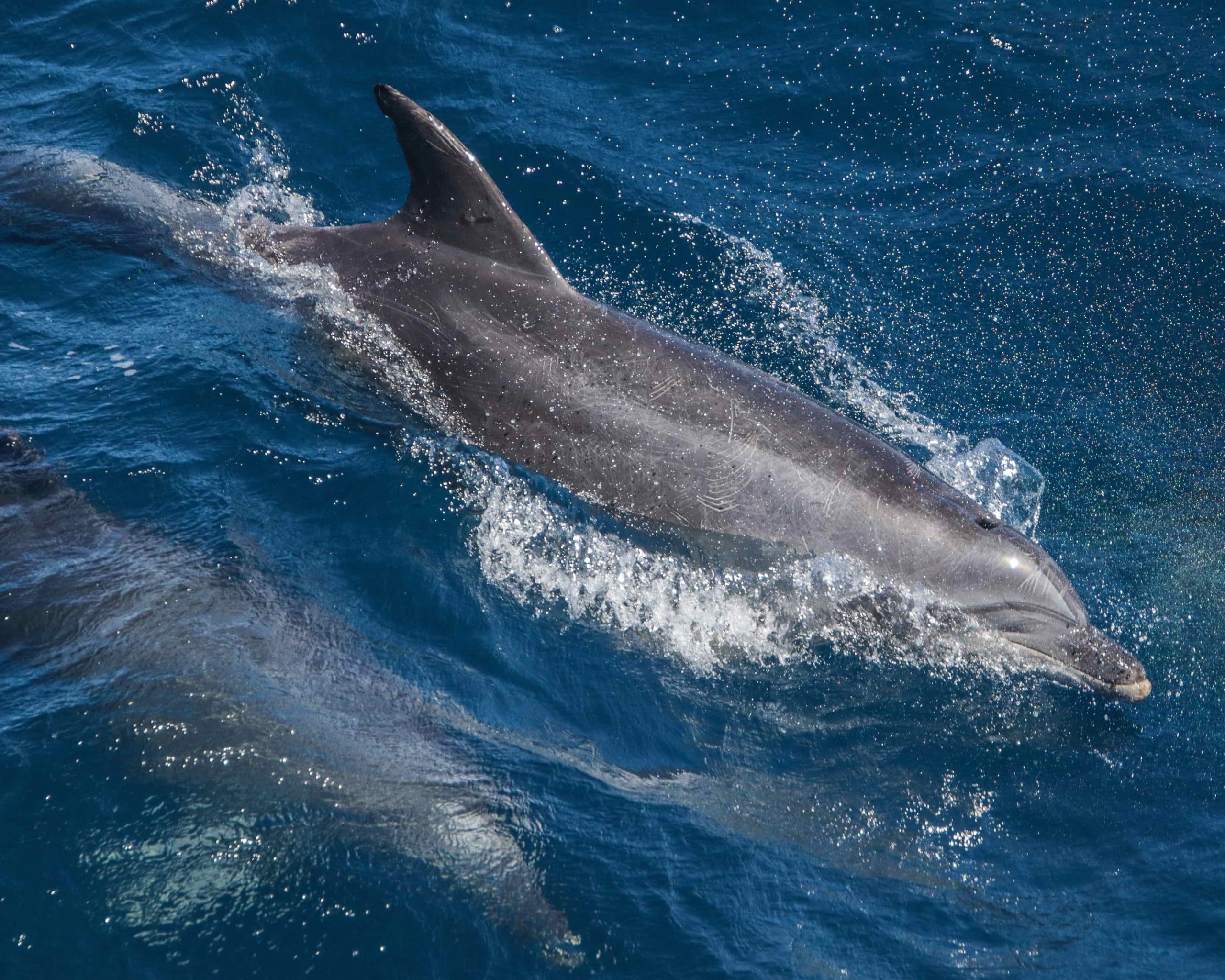
What dolphins will I see?
Two dolphin species call the waters of Moreton Island home; the Australian humpback dolphin and the Indo-Pacific bottlenose dolphin. You are most likely to see the bottlenose dolphin on your tour, distinguished by its dark grey, sleek body and a curved dorsal fin that sits at the centre of its back. Australian humpback dolphins are less common, but not unlikely, to find on your tour. They are identifiable by their humped back, light grey body, and long beak.
Dolphins and people
Bottlenose dolphins love people and can be found swimming between the boats and may even say hello during your snorkelling experience. The Bay has been an important and historical site for dolphins and local Aboriginal groups such as the Quandamooka People. The first nations people would call the dolphins from the sea by clicking their boomerangs and spears. The dolphins would herd the fish into the shore, allowing the people to hunt what they needed, leaving the rest for the dolphins.
Did you know that the Quandamooka word for dolphin is ‘Buwangan’?
Australian humpback dolphin
Sousa sahulensis
Colour: Light grey on their upper-dorsal and white underbelly
Size: Grow up to 2.7m in length and weigh up to 200kg.
Moreton Island population: Less than 200
Distinguishing features: Hump on their back where a small dorsal fin sits. Long beak that protrudes out of the water.
Diet: Opportunistic feeders that feed close to the ocean floor. Prey on fish and have been seen to follow trawler boats.
Location: Found in the northern waters of Australia beginning at the NSW-QLD border.
There are less than 200 Australian humpback dolphins in the Moreton Bay region, representing one of the largest congregations in the world. Despite the high numbers at Moreton Island, they are listed as a vulnerable species. The area around the Port of Brisbane is part of their core habitat, and you will often see them at the mouth of the Brisbane river on your departure and/or arrival.
The Australian Humpback Dolphin is a shy species, keeping to itself rather than interacting with humans. They love to play with seaweed, shells, jellyfish, along with each other.
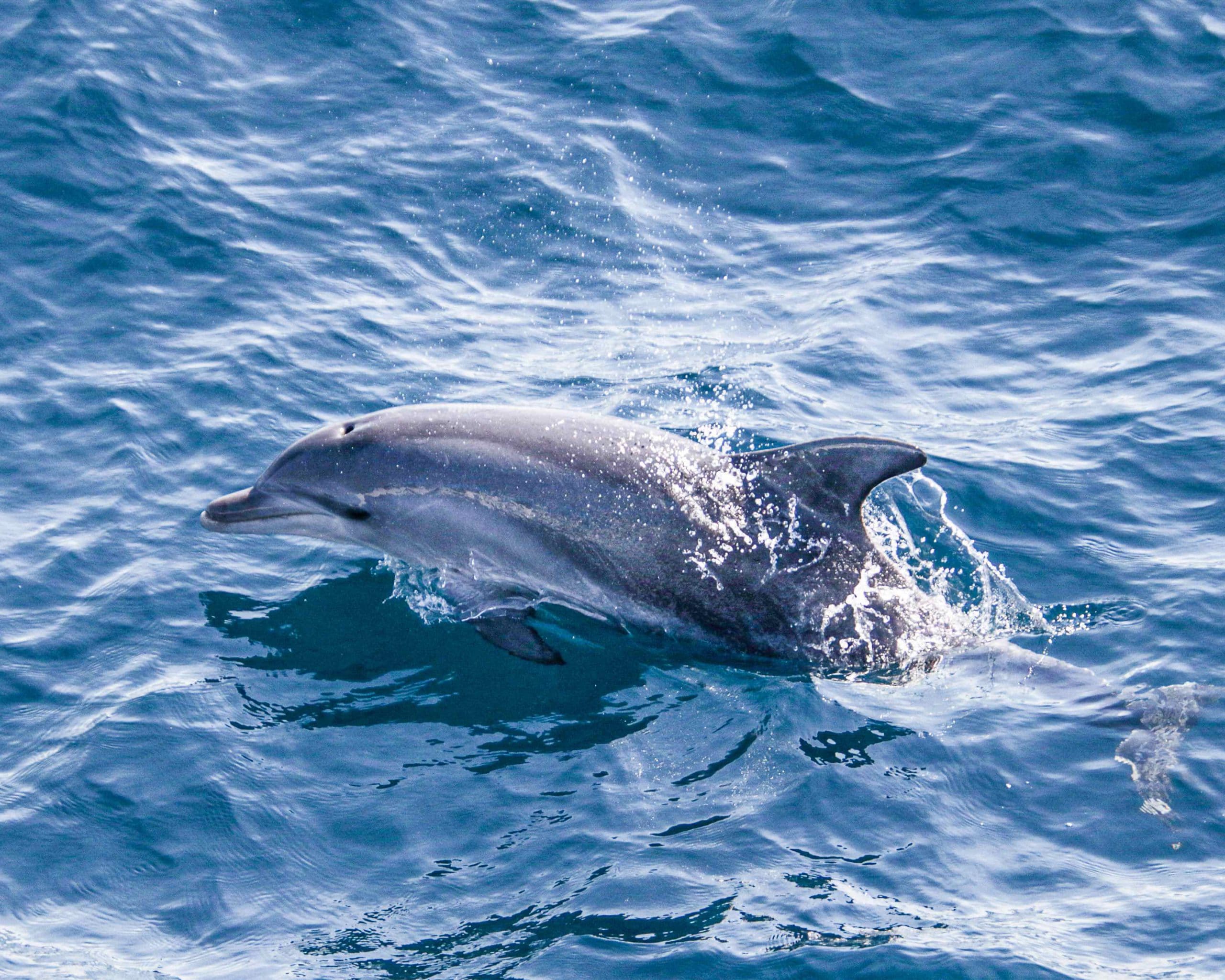
Indo-Pacific bottlenose dolphin
Tursiops aduncus
Colour: Dark grey on the upper-dorsal side and light grey to white on their underbelly
Size: Grow up to 2.5m in length and weigh up to 250kg.
Moreton Island population: 700
Distinguishing features: Sleek body, short beak, and curved dorsal fin.
Diet: Fish, octopus, squid, crustaceans, and small rays. Often seen following trawler boats.
Location: Found all over Australia
Bottlenose dolphins are very social creatures and have been seen in pods of up to 100 individuals. Moreton Bay is home to approximately 700 bottlenose dolphins, making them the most common species you will see on your See Moreton tour. Females travel with other females in pods of up to 20 individuals, whereas males tend to stick close together with at least four other males.
The Moreton Bay bottlenose dolphin population is divided into two groupings: Non-trawler dolphins that are found close to shore in shallow water, hanging around seagrass meadows; and trawler dolphins are found farther from shore, hanging around trawler boats chasing the daily catch.
Did you know that the different pods of bottlenose dolphins at Moreton Island tend to only interact and bond with dolphins who have the same foraging techniques as each other? You won’t see non-trawler dolphins mingling with trawler dolphins.
Bottlenose dolphins are known for their curious personalities and playful behavior such as leaping, surfing, and tail slapping. Keep an eye out on the front of the boat as they love to ride the bow!
